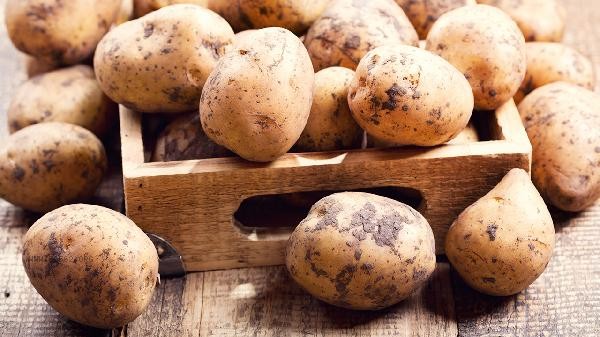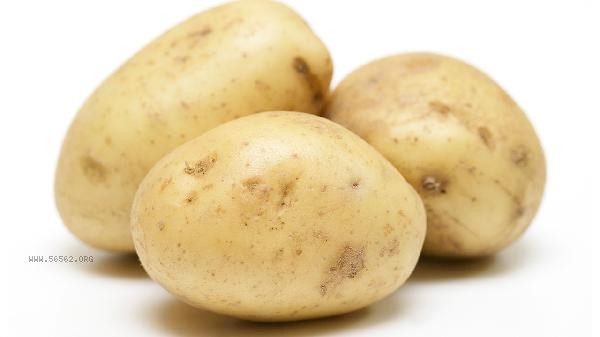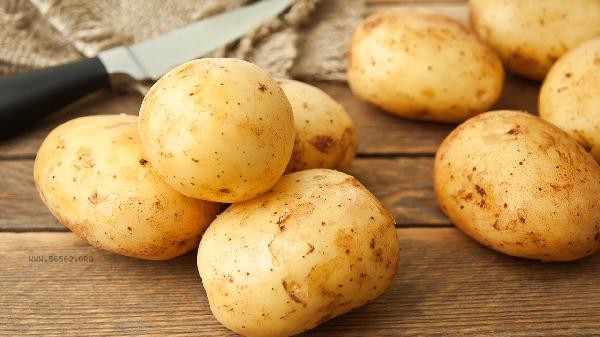There are differences in nutrient retention and taste between boiled and steamed potatoes. Boiling potatoes may result in the loss of some water-soluble vitamins, while steaming can better preserve their nutritional components. When boiling potatoes, they come into direct contact with a large amount of water, and some water-soluble vitamins such as vitamin C and B vitamins will dissolve into the water. If boiled at high temperatures for a long time, nutrient loss will be more pronounced. Potatoes boiled in water have a softer texture and are suitable for making mashed potatoes or stews, but their skin is prone to cracking and starch may partially dissolve into the soup. Boiling water with skin on can reduce nutrient loss, while boiling water with skin off can result in even greater loss. Adding salt during the boiling process can enhance the flavor, but the sodium content will increase. People with hypertension should pay attention. Steamed potatoes utilize steam to transfer heat, avoiding direct contact between ingredients and water, resulting in higher retention rates of vitamins and minerals, especially vitamin C loss, which is more than half that of boiling water. Steamed potatoes have a firmer texture, lower starch gelatinization degree, and slightly lower glycemic index than boiled potatoes, making them more suitable for people with blood sugar control. Steaming with skin can lock in nutrients to the maximum extent, and the skin is intact and not easily damaged. The steam temperature is uniform, and the internal and external ripeness of potatoes is consistent, but it may take slightly longer than boiling water.

It is recommended to choose the cooking method according to the cooking needs. Those who control blood sugar can prioritize steaming, and those who pursue a soft texture can boil it in a short time. Regardless of the method, cooking with skin, controlling time, and avoiding excessive processing all help preserve nutrients. In daily diet, two methods can be alternately used, combined with other vegetables and high-quality protein, to ensure a balanced intake of nutrients. Special groups such as diabetes patients need to pay attention to the total amount of potatoes, and use dietary fiber to slow the rise of blood sugar.










Comments (0)
Leave a Comment
No comments yet
Be the first to share your thoughts!